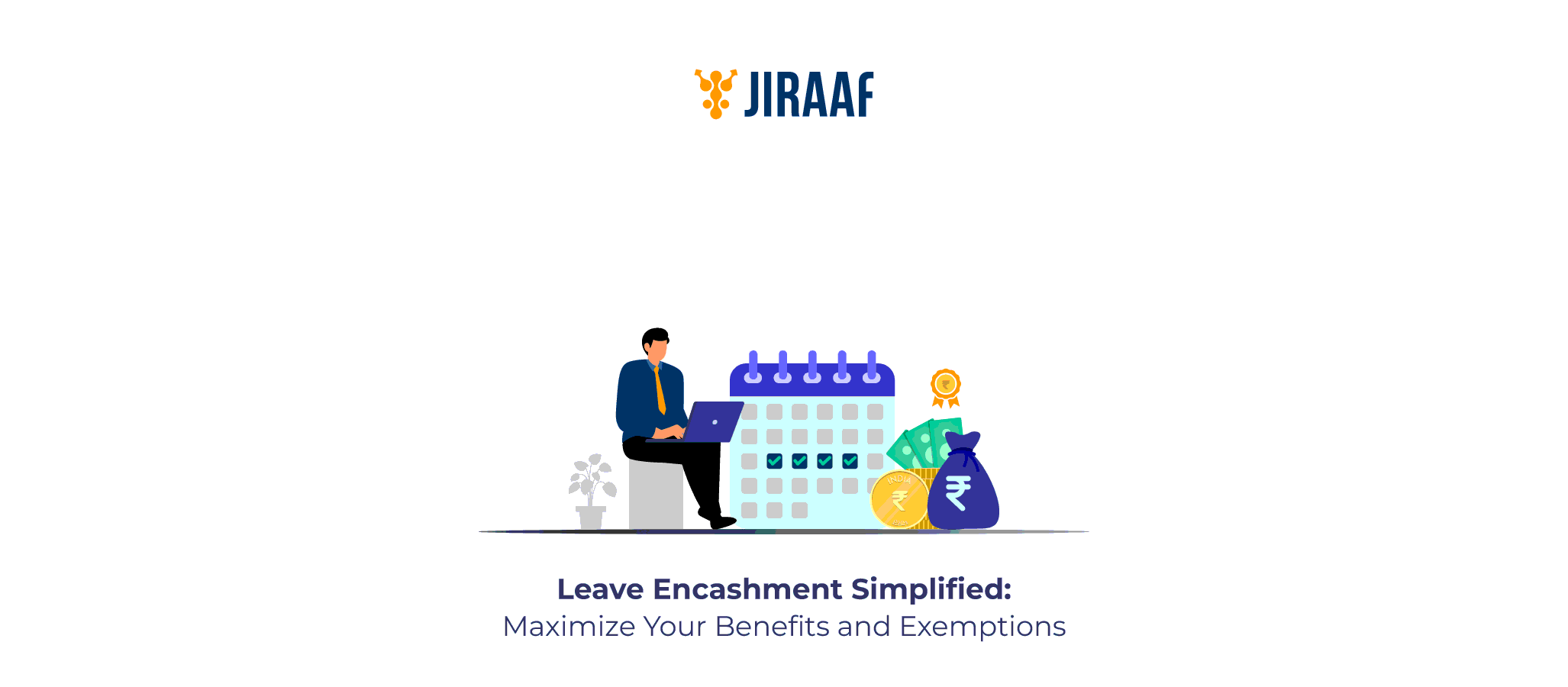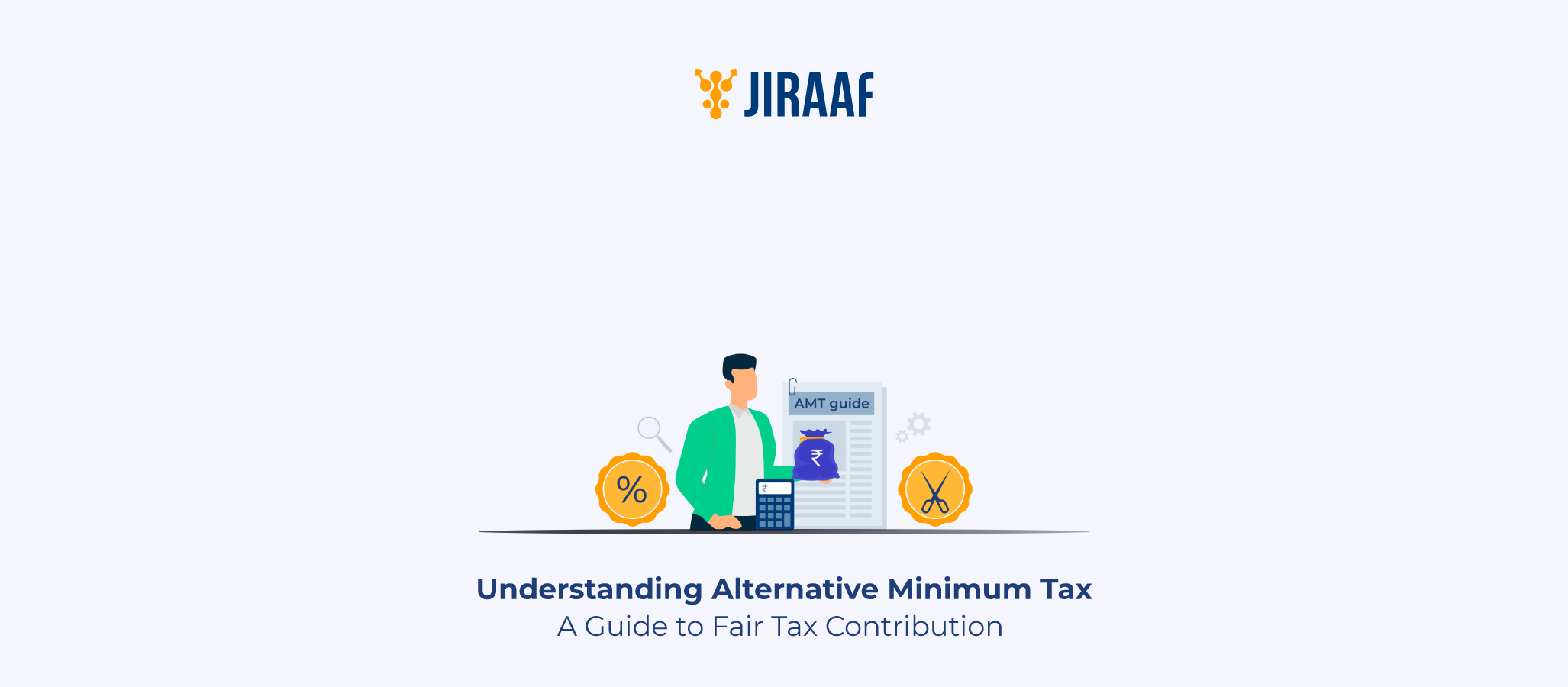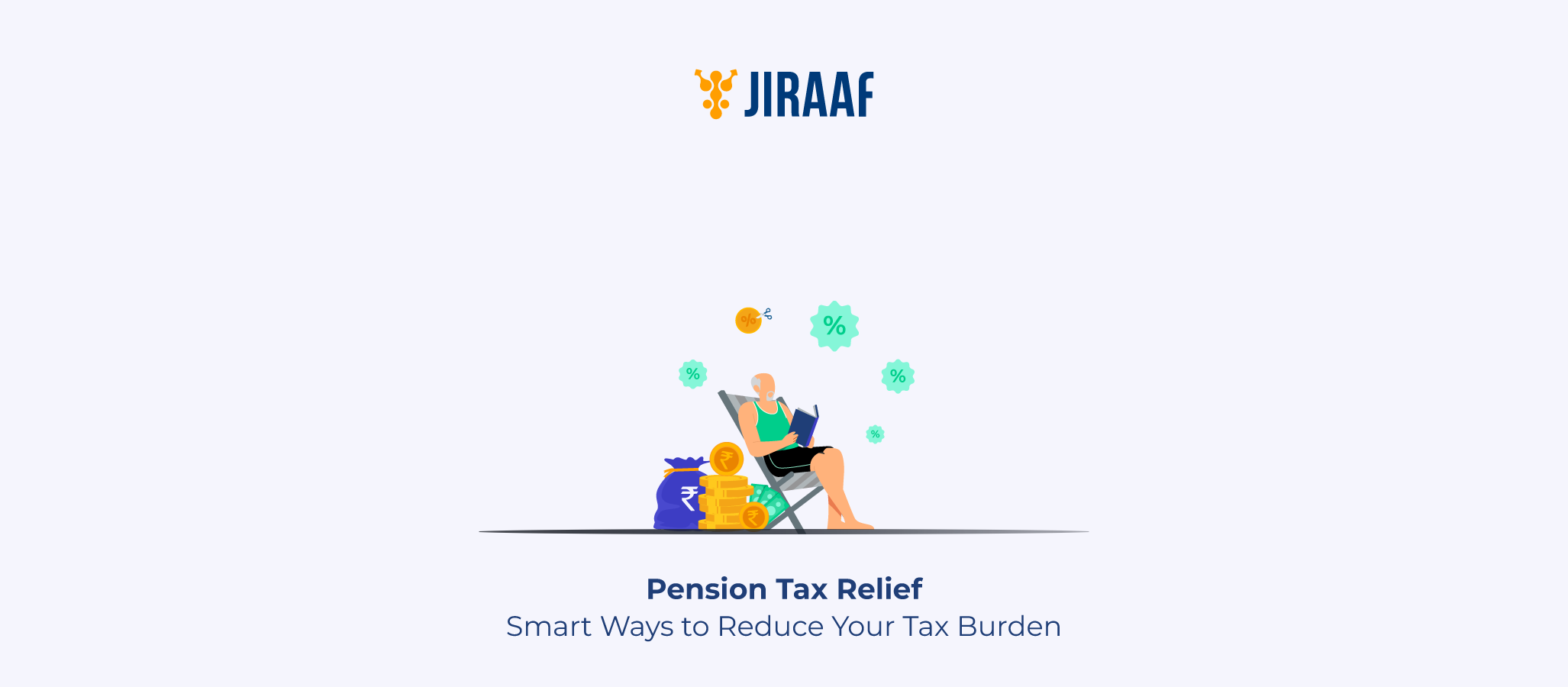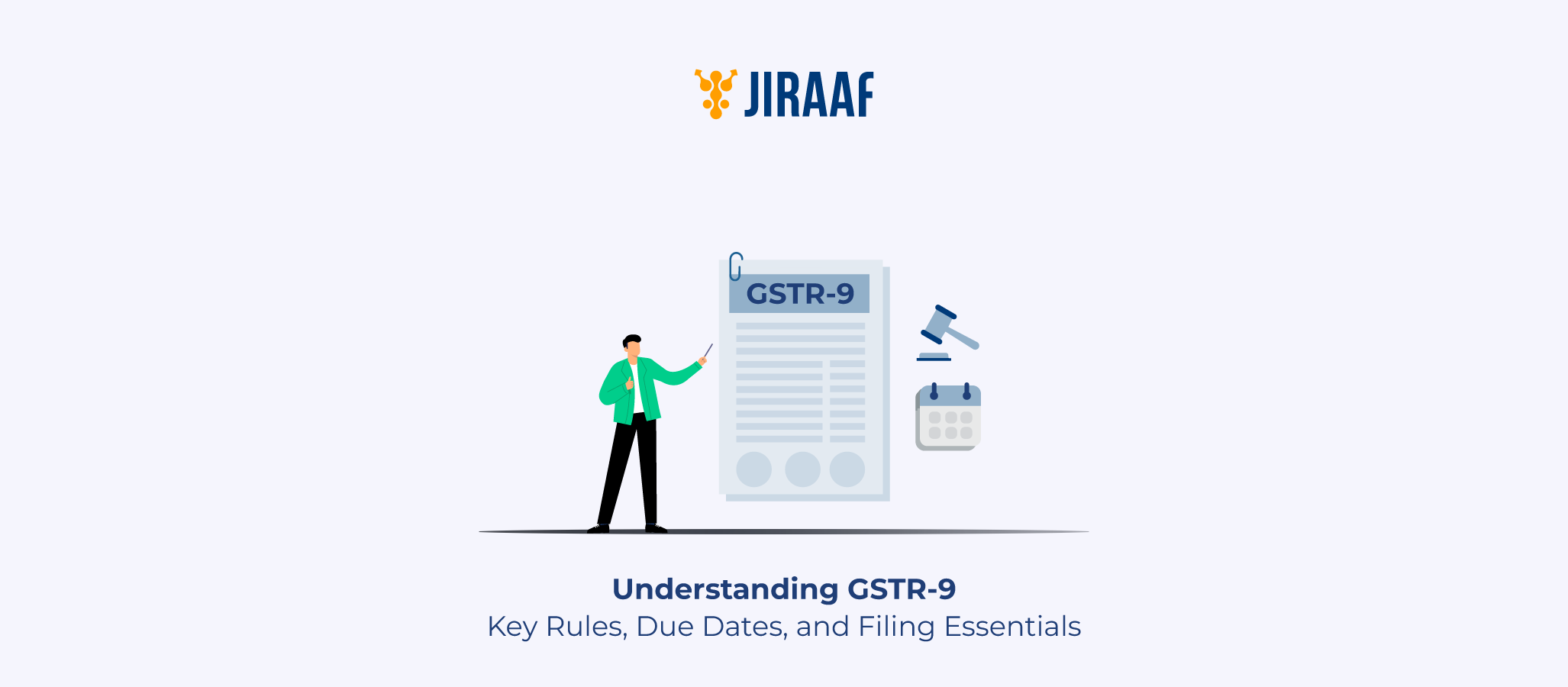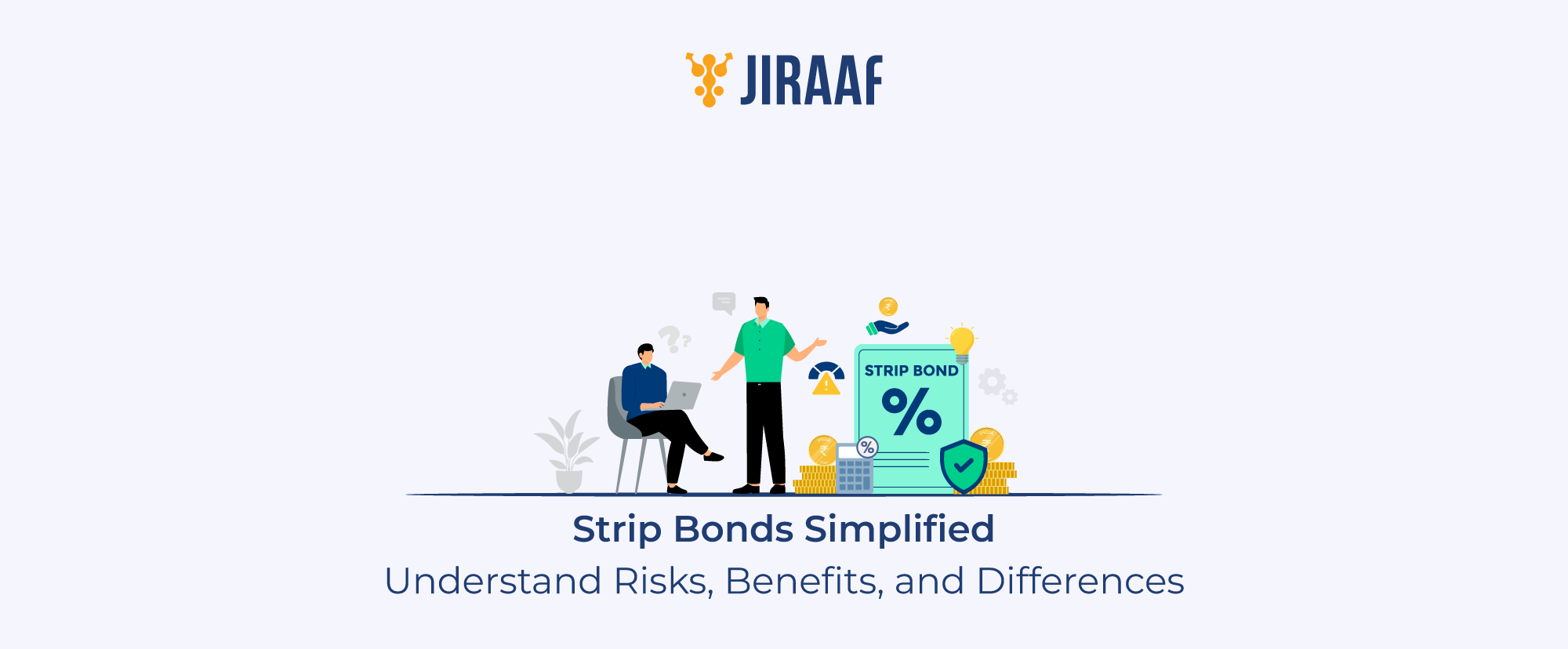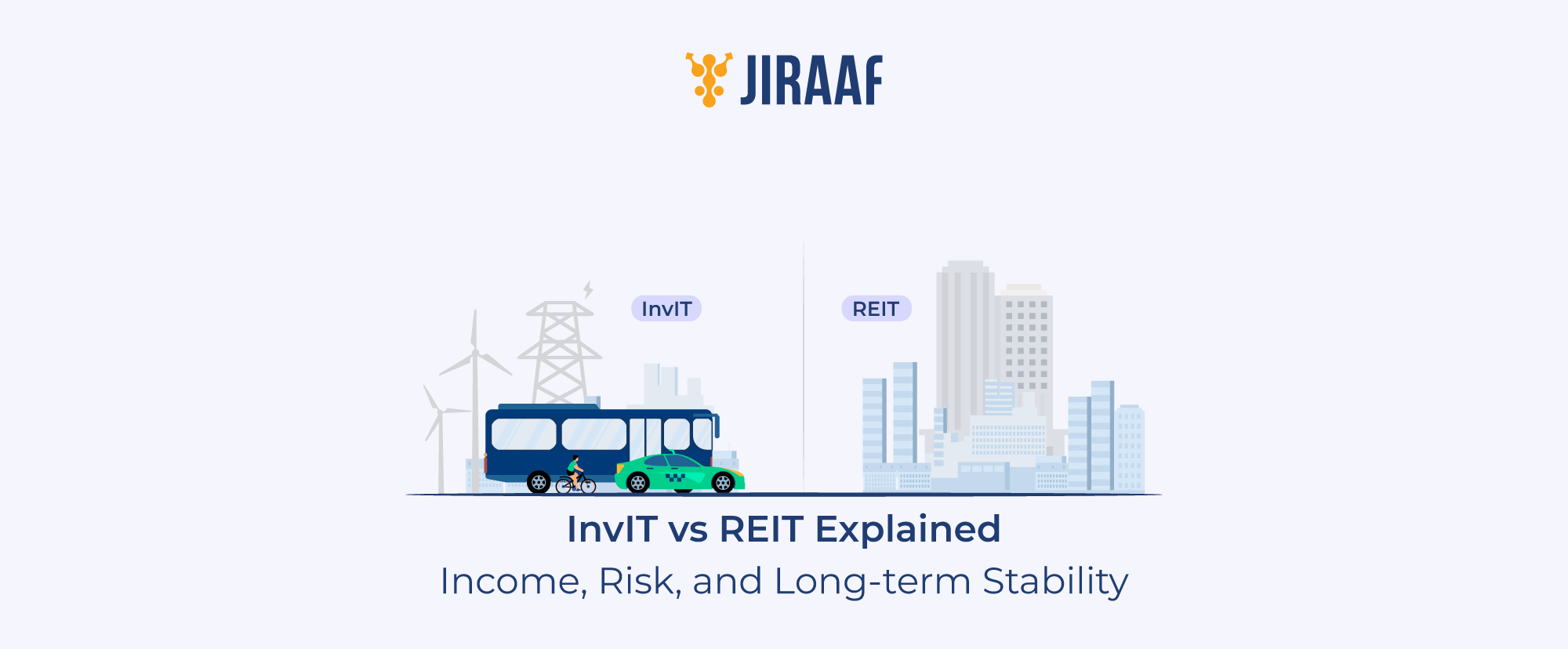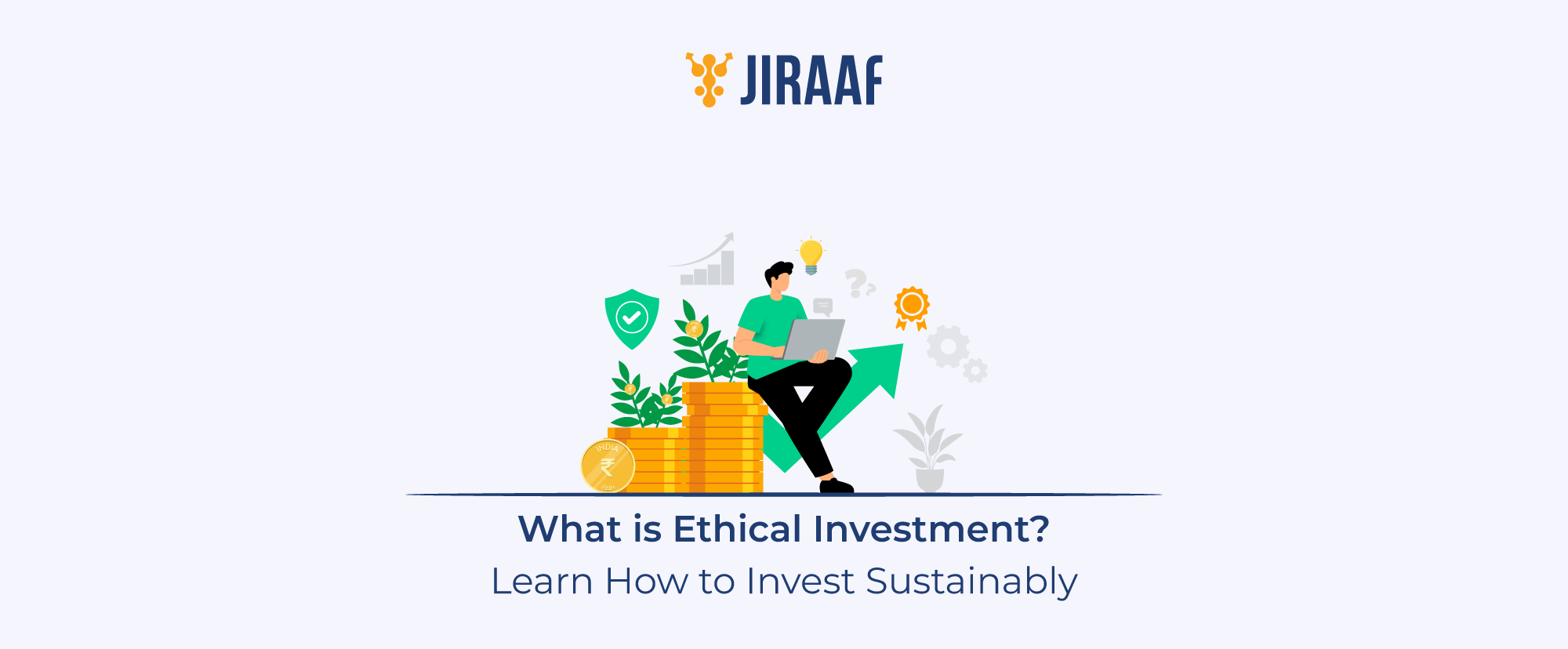Most of us treat our paid leaves like our salary. We save it up for special occasion, emergencies, keep some aside for a trip that might or might not happen, and so many other reasons, but how great would it be if those unused leaves could turn into real money? That’s exactly what leave encashment offers. It’s one of those workplace benefits that can add a meaningful boost to your savings or even retirement fund.
This guide breaks down everything you need to know, from how leave encashment works, what types of leaves qualify for it, and how taxes apply to it, so you can make the most of every paid day of leave you’ve earned.
What is Leave Encashment?
Leave encashment refers to the amount an employee receives in exchange for their unused earned leaves. Instead of taking time off, the employee can “encash” the remaining leaves and receive payment for them, either during service, at resignation, retirement, or termination.
To understand how it works, let’s first look at what kinds of leaves qualify for encashment.
Types of Leaves That Can be Encashed
Not all leaves can be encashed. Companies design their policies differently, but the general structure includes:
- Paid Leave (Earned Leave)
These are leaves that employees earn over time based on their tenure and can often be carried forward to the next year. They are generally eligible for encashment and typically form the main component of leave encashment benefits.
- Casual Leave
These are meant for short, unplanned absences—like attending a personal errand or a sudden engagement. Casual leaves typically lapse at the end of the year and cannot be encashed.
- Sick Leave
Granted for medical reasons, these are rarely cashable unless specifically permitted by your employer’s HR policy.
- Sabbatical Leave
Sabbatical leaves are extended breaks granted for higher studies, research, or personal development. These are unpaid in most organizations and therefore not eligible for encashment.
- Maternity Leave
Maternity leaves is a statutory benefit provided to female employees for childbirth and postnatal care. Since it serves a specific personal and medical purpose, it cannot be converted into cash under any circumstances.
Now that we know which leaves can be encashed, let’s see how the Leave encashment policy is.
Leave Encashment Policy
Every organization designs its own leave encashment policy, outlining how employees can convert their unused paid leaves into monetary benefits. While the structure varies from one employer to another, the policy generally covers aspects such as the types of leave eligible for encashment, the stages at which it can be claimed (resignation, retirement, or during service), and the method of calculating the payout. Most companies permit encashment only for earned or privileged leaves, while casual and sick leaves usually lapse if not availed.
Leave Encashment Calculation Formula
The amount of leave encashment depends on your salary structure and the number of unused leaves you’ve accumulated.
The standard formula is:
Encashment amount = (Basic Salary + Dearness Allowance) / 30 × Number of Unused Leave Days
- Basic Salary + DA: Only these are considered for calculation, not HRA, bonuses, or other allowances.
- 30: Represents the average number of days in a month.
- Unused Leave Days: The earned leave you are eligible to be encashed.
Let’s put this formula to work with a quick example.
Example of Leave Encashment Calculation
Suppose your monthly Basic + DA is ₹60,000 and you have 45 days of earned leave left.
Using the formula:
₹60,000 ÷ 30 × 45 = ₹90,000
So, your leave encashment amount is ₹90,000.
Now, whether this ₹90,000 is fully taxable or partly exempt depends on your employment type and the exemption rules we just discussed.
Let’s see how these rules differ further between government and private employees.
Tax Treatment of Leave Encashment
The taxability of leave encashment depends on when the payment is received and the employee’s type of service. Amounts received during employment are generally taxable, while those received at the end of service may qualify for full or partial exemption. The treatment differs for government and private employees as outlined below.
During Employment
The tax treatment of leave encashment during active service differs slightly for government and private employees.
Here’s how each category is taxed:
For government employees
- Leave encashment received during service is fully taxable
- Tax exemption is not available while the employee is in service
For private employees
- Leave encashment received during employment is fully taxable under Section 10(10AA) of the Income Tax Act
- The amount is added to the employee’s salary income for the year in which it is received
At Retirement
When an employee retires or resigns, the tax treatment of leave encashment depends on whether they belong to the government or private sector.
For government employees
- Leave encashment received on retirement is 100% tax-exempt, regardless of the amount or duration of service
- No tax is applicable on this payout, ensuring complete relief as part of the employee’s post-retirement benefits
For private employees
- Leave encashment received upon retirement or resignation is partially exempt, subject to the limits specified under Section 10(10AA)
- If received at the time of retirement or resignation, the exemption is limited to the lowest of the following:
- Actual leave encashment amount received
- ₹25,00,000 (maximum exemption limit prescribed)
- 10 months’ average salary (Basic + Dearness Allowance)
- Cash equivalent of earned leave for up to 30 days per completed year of service
Employees approaching retirement are encouraged to plan their leave usage strategically—balancing rest with accumulation—to maximize both financial and tax benefits at the end of service.
Conclusion
By understanding how leave encashment is calculated, when it becomes taxable, and the policies set by your employer, you can make smarter financial decisions around your leaves. Planning your leaves’ usage and encashment strategically helps you minimize tax liability and maximize post-retirement or exit benefits. Whether you’re nearing retirement, switching jobs, or simply optimizing your annual leave balance, effective leave management ensures that your unused time off converts into meaningful financial rewards—turning your earned rest into a well-timed income boost.
